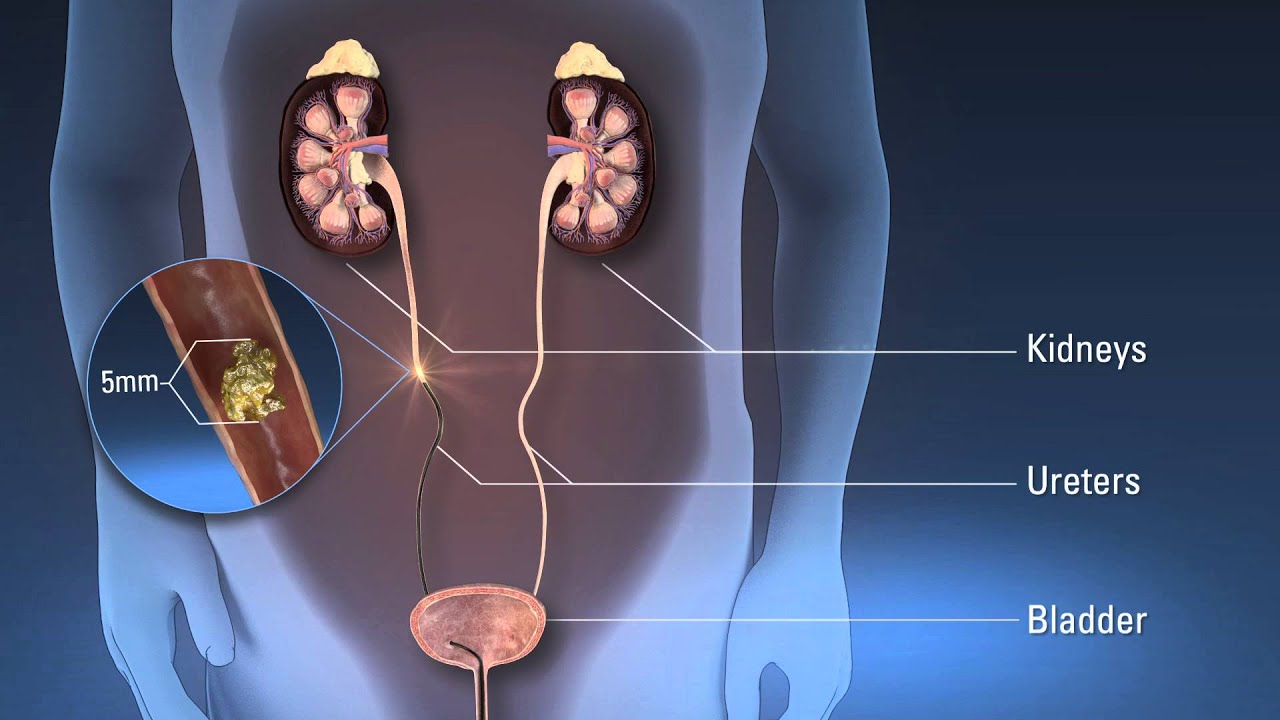Transurethral Lithotripsy (TUL) is a minimally invasive surgical procedure used to treat kidney stones and ureteral stones. It involves breaking up stones within the urinary tract using various techniques, allowing the fragments to pass more easily.
Procedure Overview
-
Preparation:
- Anesthesia: The procedure is typically done under local anesthesia with sedation or general anesthesia, depending on the patient’s condition and the complexity of the procedure.
- Positioning: The patient is usually placed in a supine (lying on the back) position.
-
Access:
- Cystoscope Insertion: A thin, flexible instrument called a cystoscope is inserted through the urethra and guided into the bladder and then the ureter to reach the stone.
- Ureteroscope Insertion: In cases where the stone is located in the ureter (the tube connecting the kidney to the bladder), a ureteroscope (a specialized endoscope) is used.
-
Stone Fragmentation:
- Lithotripsy Techniques:
- Laser Lithotripsy: A laser is used to break the stone into smaller pieces. This is the most common method due to its precision and effectiveness.
- Ultrasonic Lithotripsy: Uses high-frequency sound waves to break up the stone.
- Electrohydraulic Lithotripsy: Utilizes electrical discharges to fragment the stone.
- Stone Fragment Removal: After fragmentation, the smaller stone pieces are either flushed out or removed with specialized tools.
- Lithotripsy Techniques:
-
Post-Procedure:
- Catheter Placement: A temporary catheter might be placed to ensure urine flow and allow the bladder to heal.
- Observation: The patient is monitored for a short time before discharge, typically on the same day or the next day.
Recovery and Aftercare
- Hospital Stay: Most patients can go home the same day or after a short observation period.
- Pain Management: Some discomfort and pain are expected but can be managed with medications.
- Activity: Patients are generally advised to rest and avoid strenuous activities for a short period.
- Follow-Up: Follow-up appointments are necessary to ensure the stones are fully cleared and to monitor for any potential complications.
Potential Risks and Complications
- Infection: Risk of urinary tract infections.
- Bleeding: Possible bleeding or hematoma (blood clot) formation.
- Injury: Rarely, the procedure may cause injury to the urinary tract.
- Stone Fragment Retention: Occasionally, small stone fragments may remain and cause symptoms or require additional treatment.
Benefits
- Minimally Invasive: Less invasive compared to open surgery, leading to faster recovery.
- Effective for Smaller Stones: Particularly useful for stones in the ureter or bladder.
- Quick Recovery: Most patients recover quickly and resume normal activities soon after the procedure.
Transurethral Lithotripsy is a valuable treatment option for managing kidney and ureteral stones, especially when other methods like shock wave lithotripsy (SWL) are not suitable or effective. If you’re considering or have been advised to undergo TUL, discussing it with your urologist will provide you with a comprehensive understanding of the procedure and help address any concerns you might have.

Anesthesia
————————-
Hospital Stay
1 Day
————————-
Duration Of Operation
1:30 hour
————————-
